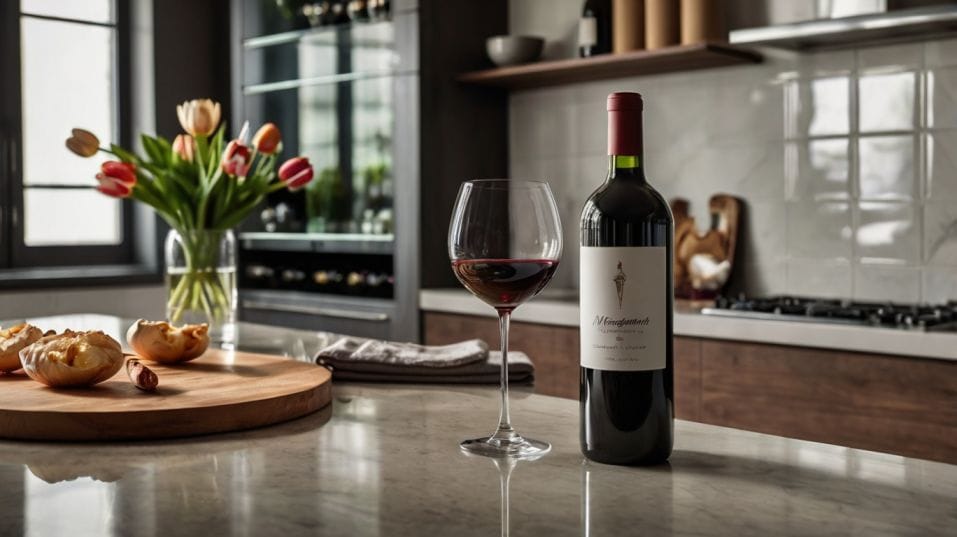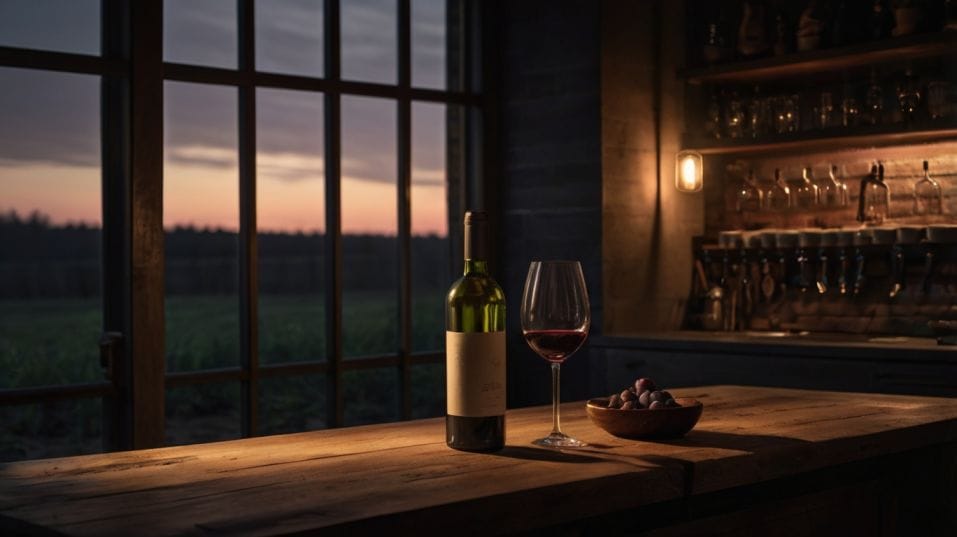Building a No-Fuss Wine Toolkit
Build a no-fuss wine toolkit with essential gear, smart tips, and tasting habits that boost confidence—no jargon or gimmicks required.

Curious about wine but not sure where to start? You don’t need rare vintages or drawers full of gear to drink well. What you need is a smart, simple toolkit that helps you taste with clarity and confidence—every time you open a bottle.
This guide skips the fluff and gets straight to what matters: the essential tools, habits, and mindset that turn wine from something intimidating into something intuitive. Ready to taste with purpose?
The Right Glass Changes Everything
You don’t need a different glass for every grape or region. One versatile, well-designed wine glass can handle 95% of what you drink.
Look for something clear, tulip-shaped, and thin-lipped, with enough bowl space to swirl and enough taper to concentrate aromas. Think of it as your lens. Poor glassware dulls flavor. Good glassware brings it into focus.
Why this matters: Your nose is where most of your tasting happens. A good glass captures the wine’s aromatic profile and delivers it right to you.
Whether you're sipping a light Italian white or a dense Rhône red, the shape and clarity of the glass help you see the wine’s color, swirl it cleanly, and catch that first aromatic bloom. No frills. Just precision.
You don’t need crystal. You don’t need matching sets. You just need something that lets the wine speak.
One Corkscrew, Mastered
No toolkit should start with gimmicks. Electric openers, elaborate levers, even foil cutters—all unnecessary. What you really need is one double-hinged waiter's corkscrew. It’s compact, strong, and easy to use with just a bit of practice.
Using it becomes second nature, and that comfort shows when you're opening a bottle in front of others. It’s not about performance—it’s about fluency.
You know how to handle a cork cleanly, how to control the pour, and how to start the experience with calm authority.

Bonus insight
Cheap corkscrews often bend or slip. A good one won’t cost much more but will last years.
Look for a solid grip, a sharp worm (that’s the spiral), and a hinge that feels smooth and balanced. Once you’ve used it a few dozen times, it becomes muscle memory.
The First Pour Is a Test
Don’t rush the first taste. You’re not just drinking—you’re gathering information. What does it smell like right away? How does it move on your tongue? Is it tight and closed or generous and open?
This is the beginning of every good wine experience: attention. Wine isn’t static. It shifts with air, temperature, time.
Getting a feel for this helps you decide if the bottle needs a quick decant, a few swirls, or maybe just a little patience. Every wine opens up differently. Your job is to notice.
Real-world tip
Hold off on background noise and food for that first sip. Just wine, just your senses. Let it talk.
Storage: Do the Basics Well
Forget fancy cellars. For most people, good storage comes down to three things: cool, dark, and stable. Heat is wine’s enemy. So are direct light and frequent temperature changes.
If you’re keeping bottles for more than a few weeks, tuck them into a cabinet or closet away from sunlight and appliances. Don’t stand them up—store them on their sides to keep corks from drying out.
If you’re buying wine to age (even just 1–3 years), a small wine fridge is worth the investment. It protects the wine and helps you stop worrying. Most bottles don’t need 20 years—but they do need consistency.
What not to do
Don’t store wine on a kitchen counter. Don’t stash it above the fridge. And unless you’re drinking it right away, don’t leave it in your car. Good storage isn’t romantic. It’s practical.
Serving: Enhance, Don’t Overdo
Wine opens up best in the right conditions. That doesn’t mean decanting every bottle or pulling out crystal carafes. It means serving wine at a temperature and pace that shows off what’s in the glass.
Reds often benefit from a slight chill—especially lighter styles like Pinot Noir or Gamay. A quick 15 minutes in the fridge sharpens aromas and balances alcohol.
Whites, on the other hand, can be too cold. If it comes out of your fridge icy, let it sit for 5–10 minutes to open up.
And if a wine smells muted, sulfuric, or flat? Decant it. You don’t need a special vessel—any clean glass container will do.
A pitcher works. Even swirling in the glass can wake a wine up. Serve in half-glasses, not full ones. Let the wine breathe. Let yourself taste.
Practice Tasting With Purpose
Every wine you taste can teach you something. Not in an academic way—but in a sensory, intuitive way.
Try this: Pick one grape variety and taste it from three places. For example, Sauvignon Blanc from New Zealand, California, and the Loire Valley. Same grape. Different soils, climates, and styles.
Now pay attention to the texture. Acidity. Aroma. Where does it hit your palate? What lingers? This kind of comparative tasting trains your senses better than any book. It gives you context.
You start to recognize patterns—bright acidity in cool climates, riper fruit in warmer ones. Suddenly, wine starts making sense.
Tasting isn’t about identifying exotic flavors. It’s about building a map in your mind. One bottle at a time.
Talk About Flavor On Your Terms
Wine language can get in its own way. If you’ve ever heard someone rattle off a list of tasting notes and thought, “That’s not what I’m getting,” you’re not alone. And you’re not wrong.
Forget the pressure to name fruits or flowers. Start with structure and feel. Is the wine sharp or round? Does it coat your mouth or skip across it?
Is it energetic? Dense? Drying? These are the building blocks. Once you can describe what the wine does, the flavor notes will come more naturally.
Want to go deeper?
Keep a tasting notebook. Not a diary—just short, simple observations. It helps you remember what you liked, why you liked it, and how your palate is evolving. Over time, your notes become your best teacher.
Final Thoughts: Make Wine Yours
A no-fuss wine toolkit is about stripping things down to what actually helps you. The right glass, a good corkscrew, smart storage, and a sense of attention.
These aren’t accessories. They’re essentials. They support your curiosity, your palate, your experience.
You don’t need to wait until you “know more” to enjoy better. You just need to start. Taste on purpose. Take notes. Open bottles with friends, or alone on a quiet night. Replace second-guessing with small, steady confidence.
Tonight, don’t just pour. Taste. Feel. Swirl. Add one deliberate, thoughtful moment to your wine ritual—and notice how much more the glass gives you in return.




